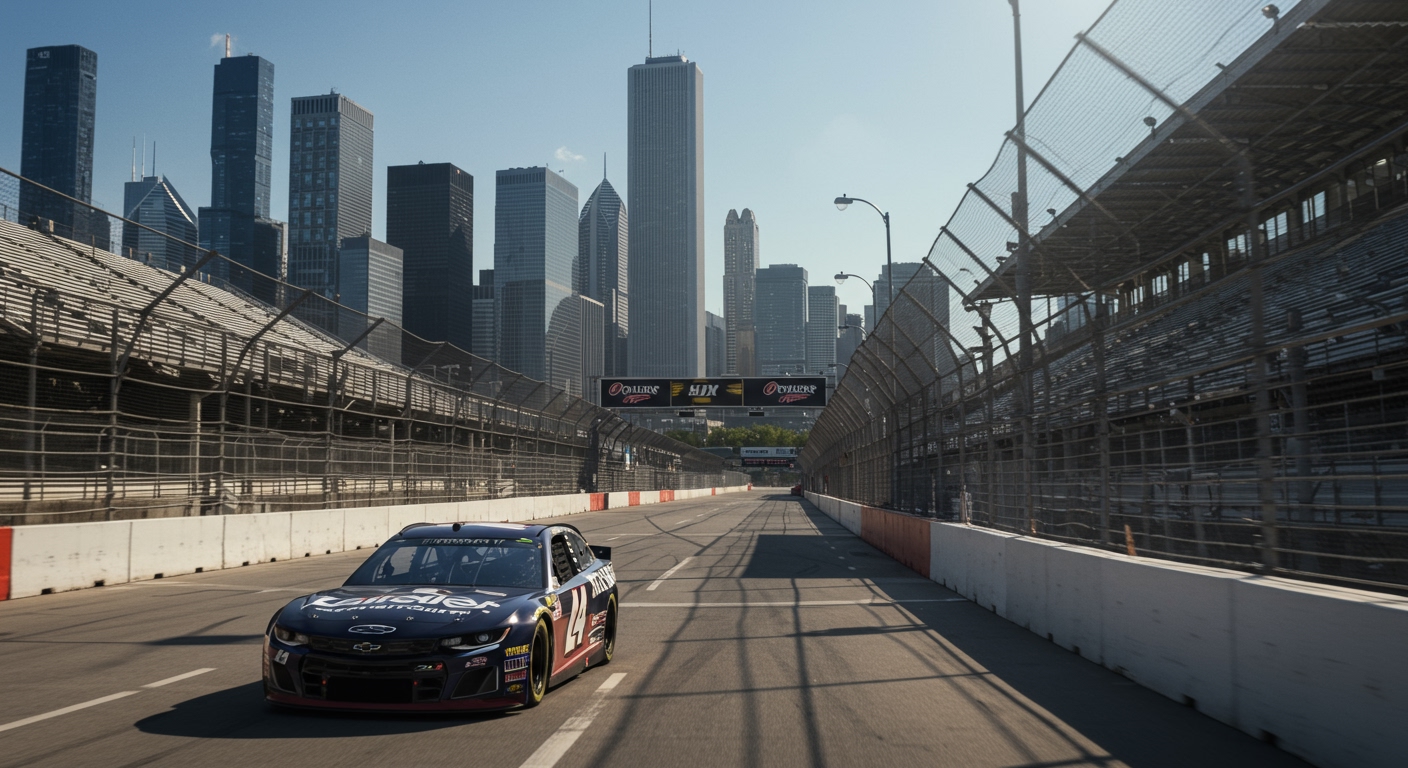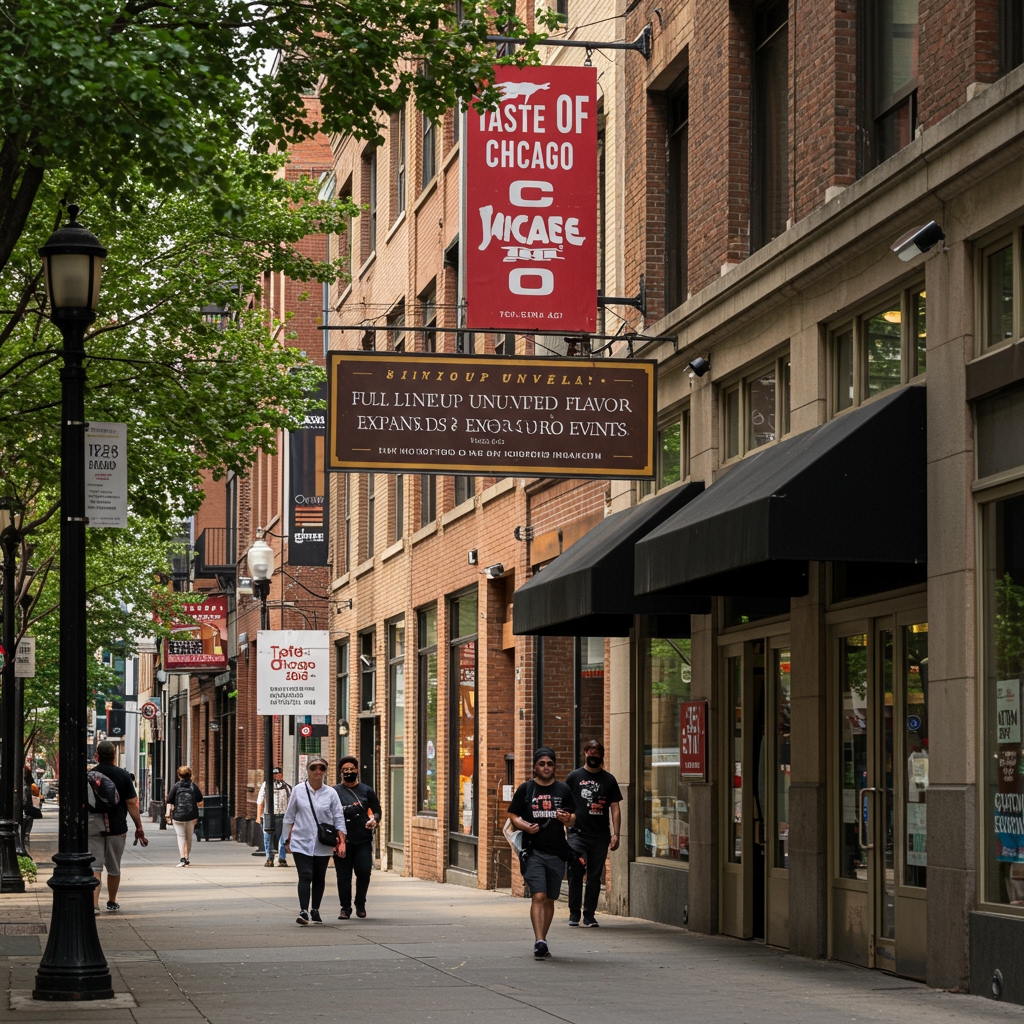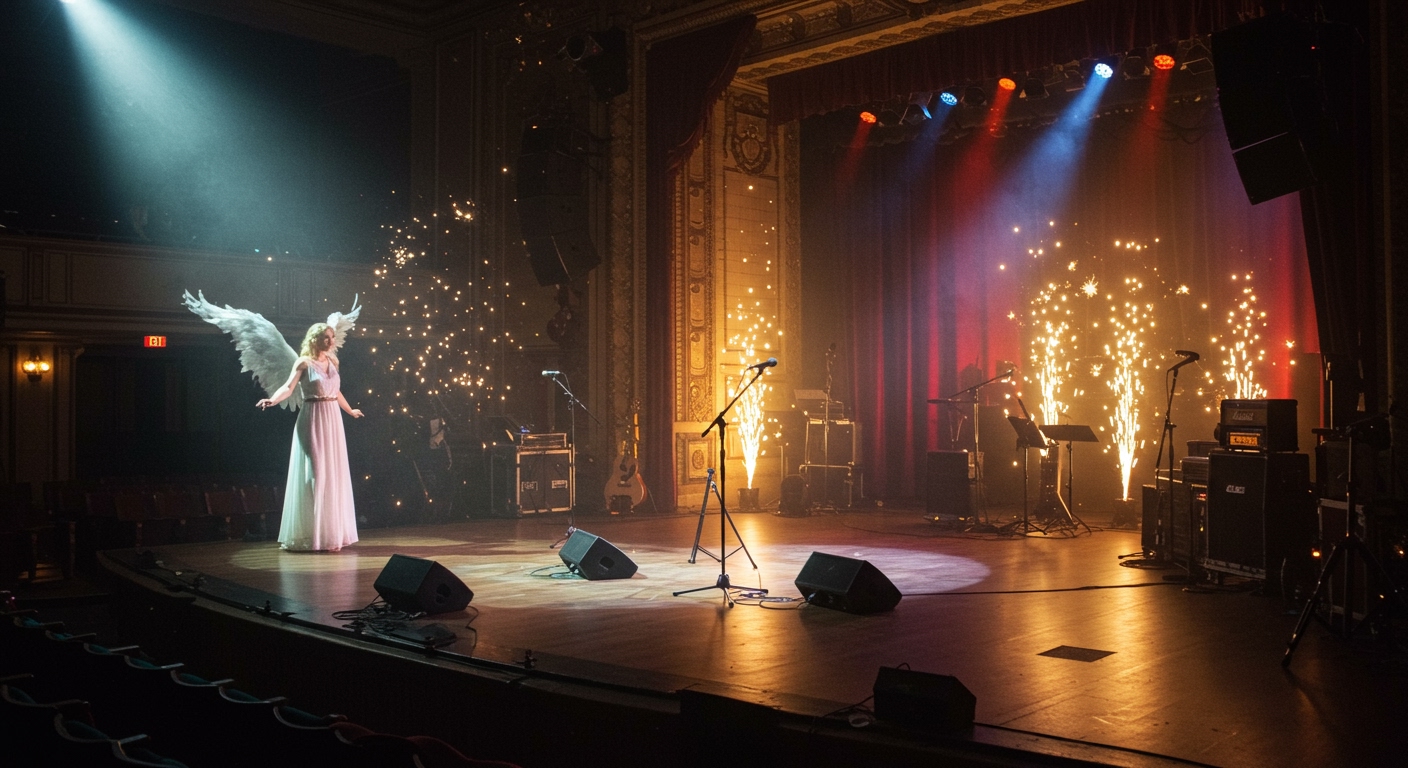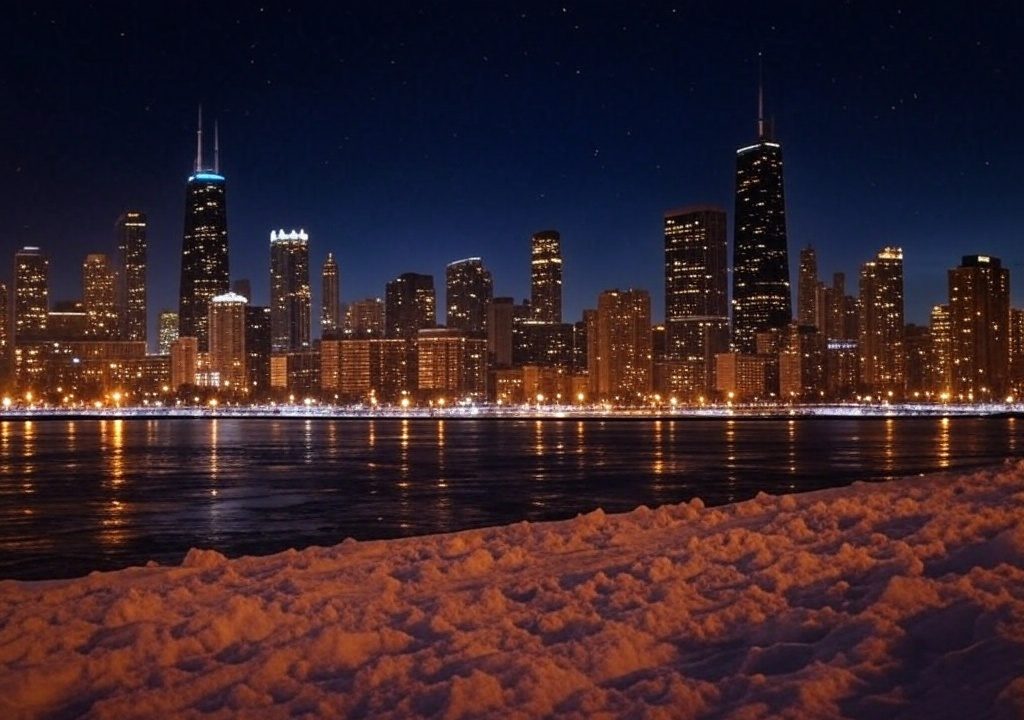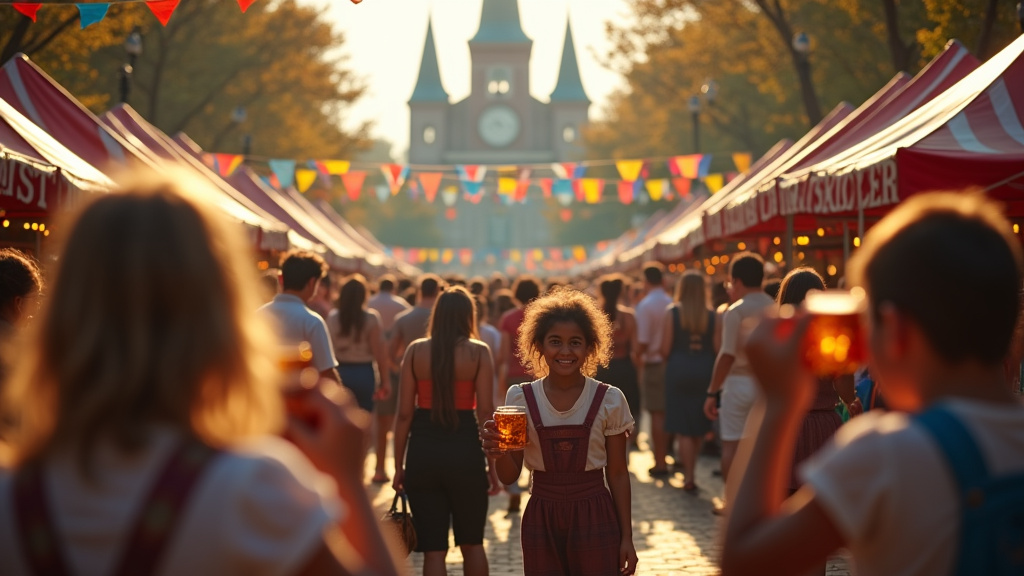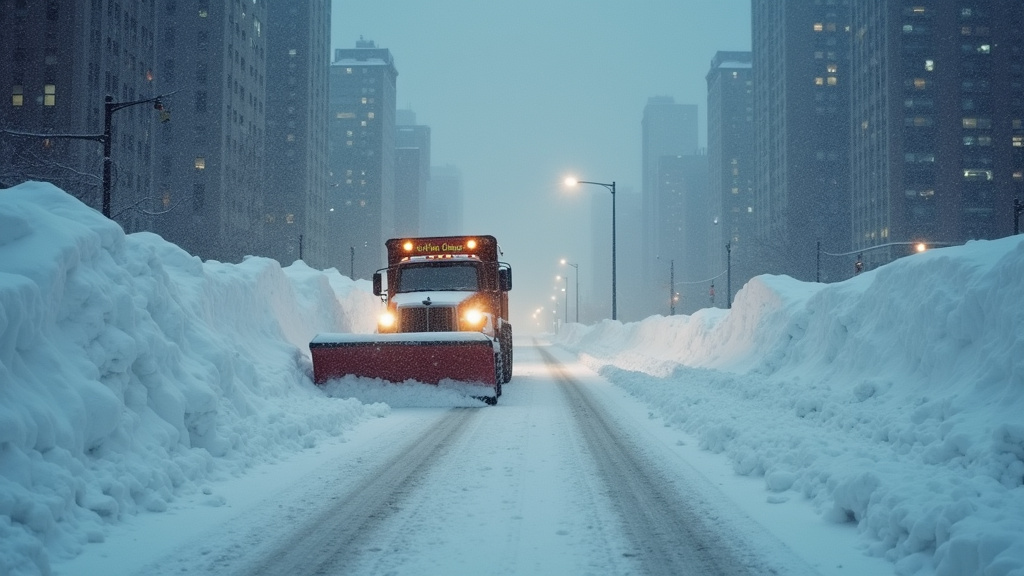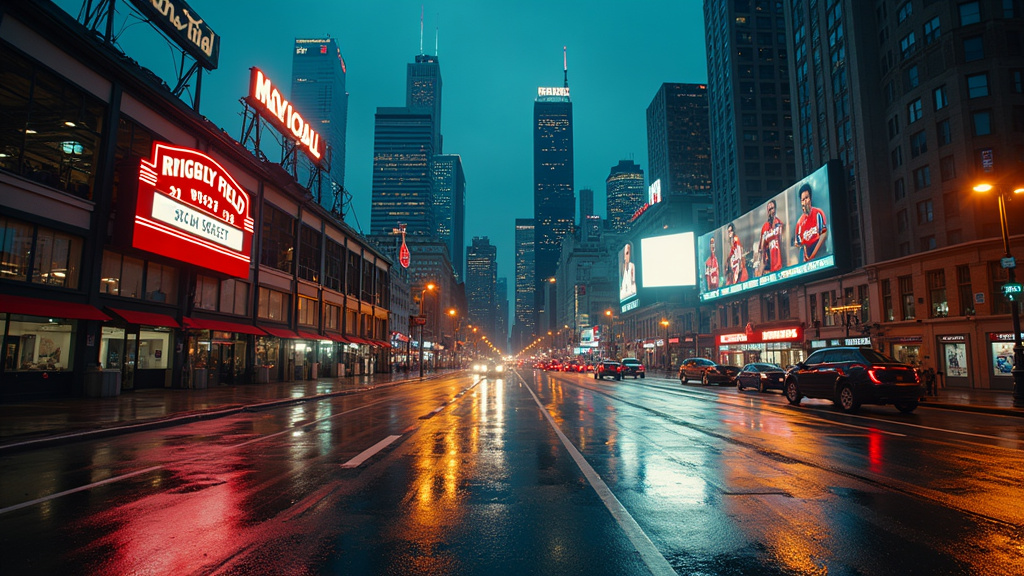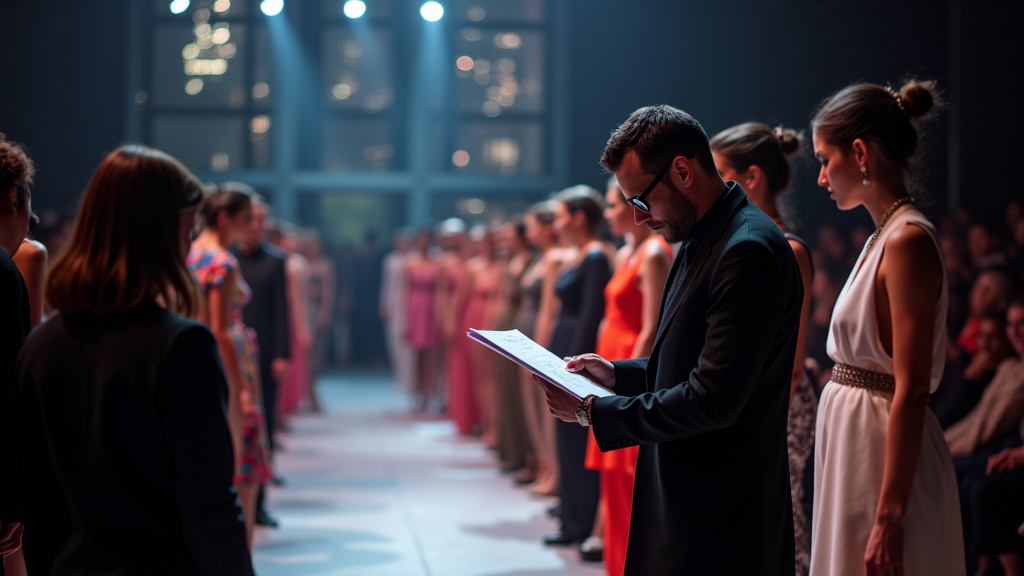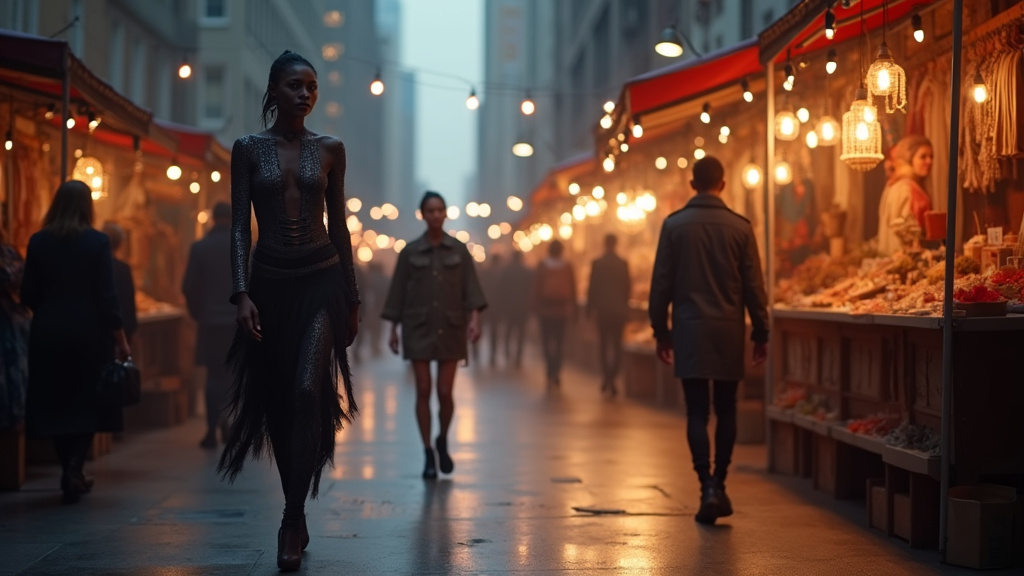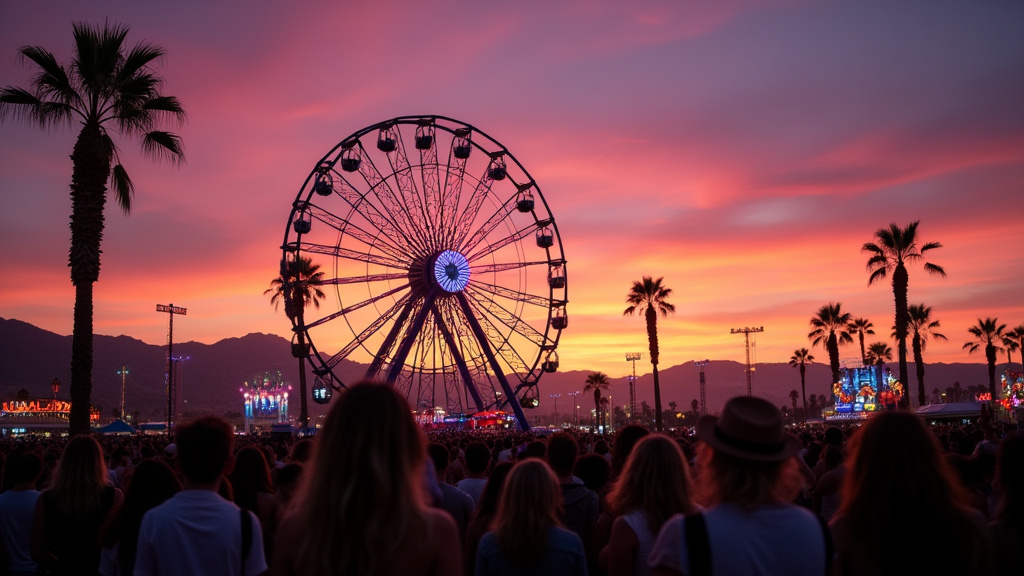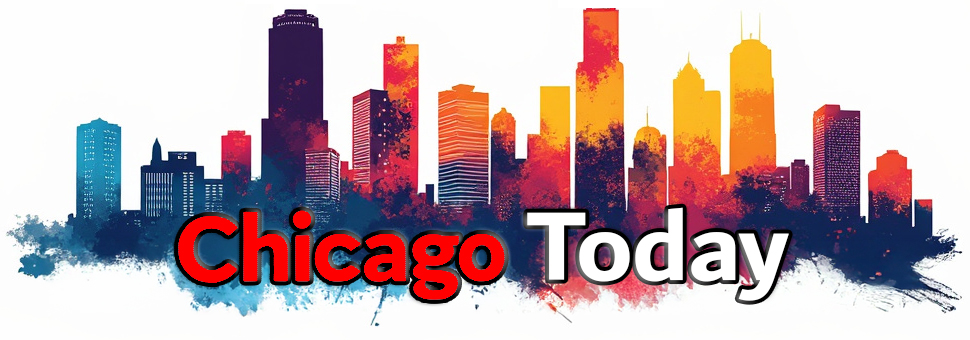Chicago is a city that defies simplicity. Known for its iconic skyline, deep-dish pizza, and storied sports franchises, its true essence lies in the mosaic of neighborhoods that stretch across its vast urban sprawl. From the cobblestone streets of Old Town to the bustling avenues of Pilsen, each neighborhood pulses with a distinct identity, giving Chicago its unique character and unshakable sense of community. These neighborhoods aren’t just places to live—they’re the lifeblood of the Windy City, inspiring fierce pride, endless loyalty, and a deep sense of belonging.
What makes Chicago’s neighborhoods so magnetic? It’s a blend of history, culture, architecture, and the people who call them home. But more than anything, it’s the stories each corner holds—the tales of resilience, transformation, and unity that turn a collection of streets into something far more profound. It’s no wonder Chicagoans are among the most passionate advocates for their communities, celebrating their roots while championing the city’s vibrant diversity.
Take, for example, Bronzeville. Once the epicenter of Chicago’s Black Renaissance in the early 20th century, this historic South Side neighborhood has nurtured cultural giants like Gwendolyn Brooks, Nat King Cole, and Louis Armstrong. Today, you’ll find a revival underway as Bronzeville balances its legacy with a wave of contemporary art spaces, restaurants, and revitalized landmarks like the Forum, a storied jazz venue now being restored to its former glory. Walking through Bronzeville, you feel history come alive, whispering through the murals and historic buildings that dot the area.
On the opposite end of the spectrum, there’s Logan Square. Known for its tree-lined boulevards and vibrant culinary scene, Logan Square embodies Chicago’s ever-changing face. What was once a predominantly working-class neighborhood has become a hub for artists, young professionals, and foodies. It’s where you’ll find taco trucks parked just a stone’s throw from Michelin-starred restaurants, vintage shops nestled beside trendy coffee houses, and murals that speak to the area’s Latinx roots. Logan Square isn’t just a neighborhood—it’s a canvas, reflecting the dreams and struggles of its residents.
The heart of Chicago’s neighborhoods lies not only in their culture but also in their architecture. Few cities can rival Chicago when it comes to architectural brilliance, and its neighborhoods are no exception. From the greystones of Uptown to the bungalows of Beverly, each area showcases the city’s rich architectural history. In Hyde Park, the bold lines of Frank Lloyd Wright’s Robie House stand as a testament to Chicago’s role as a hub of architectural innovation. Meanwhile, the meticulously preserved worker cottages in Bridgeport offer a glimpse into the lives of early immigrant communities who laid the foundation for Chicago’s industrial might.
Of course, no discussion of Chicago neighborhoods would be complete without mentioning the food. If there’s one thing Chicagoans agree on, it’s that their neighborhoods offer some of the best eating in the country. Every corner of the city brings its own culinary flair, with family-owned eateries and local hotspots serving up dishes that tell a story. In Chinatown, you’ll find dim sum restaurants that have stood the test of time, offering diners a taste of history alongside their soup dumplings. Over in Little Village, the aroma of fresh tamales and carnitas wafts through the air, while in Greektown, you can still find baklava made from recipes passed down through generations.
Even as Chicago’s neighborhoods celebrate their unique identities, they are united by a shared resilience. The city has faced its fair share of challenges, from economic downturns to social unrest, but its neighborhoods have always been a source of strength. In places like Englewood, community-led initiatives are transforming vacant lots into urban farms, creating opportunities and fostering pride. In Humboldt Park, Puerto Rican flags fly high, a symbol of cultural pride and resistance in the face of gentrification. These neighborhoods remind us that Chicago’s true power lies in its people—the families, activists, and artists who work tirelessly to ensure their communities thrive.
Yet, Chicago’s neighborhoods are not without their complexities. As gentrification reshapes areas like Wicker Park and Pilsen, long-time residents face rising rents and the erasure of cultural landmarks. Balancing development with preservation has become a pressing challenge, one that calls for thoughtful solutions and open dialogue. How does a city grow while staying true to its roots? For Chicago, the answer may lie in its neighborhoods themselves—in their ability to adapt without losing the soul that makes them special.
One thing is certain: Chicago’s neighborhoods are more than just destinations on a map. They are living, breathing entities with their own rhythms and personalities. They are where you’ll find block parties that spill into the streets, where neighbors shovel each other’s sidewalks after a snowstorm, and where you can walk into a corner bar and feel like you’ve been going there your whole life. They’re the reason Chicagoans can endure brutal winters and traffic jams without ever wanting to leave. Because in Chicago, your neighborhood isn’t just where you live—it’s who you are.
To outsiders, Chicago might seem like just another big city. But to those who’ve walked the Lakefront Trail at sunrise, cheered on the Cubs from a rooftop in Wrigleyville, or danced in the streets during a summer festival, it’s clear that Chicago is much more than that. It’s a city of neighborhoods, each one a microcosm of humanity’s best traits: creativity, resilience, and community. It’s a city that proves time and again that when people come together, they can build something extraordinary.
So the next time you find yourself in Chicago, skip the usual tourist traps. Instead, venture into its neighborhoods. Walk the streets of Andersonville, where Swedish roots meet contemporary cool. Explore the markets of Devon Avenue, where Indian spices and Middle Eastern sweets line the shelves. Grab a coffee in Edgewater, chat with the locals, and discover the stories that make these places so remarkable. Because in Chicago, the neighborhoods aren’t just part of the city—they are the city.
And as any Chicagoan will tell you, there’s no place like home.


